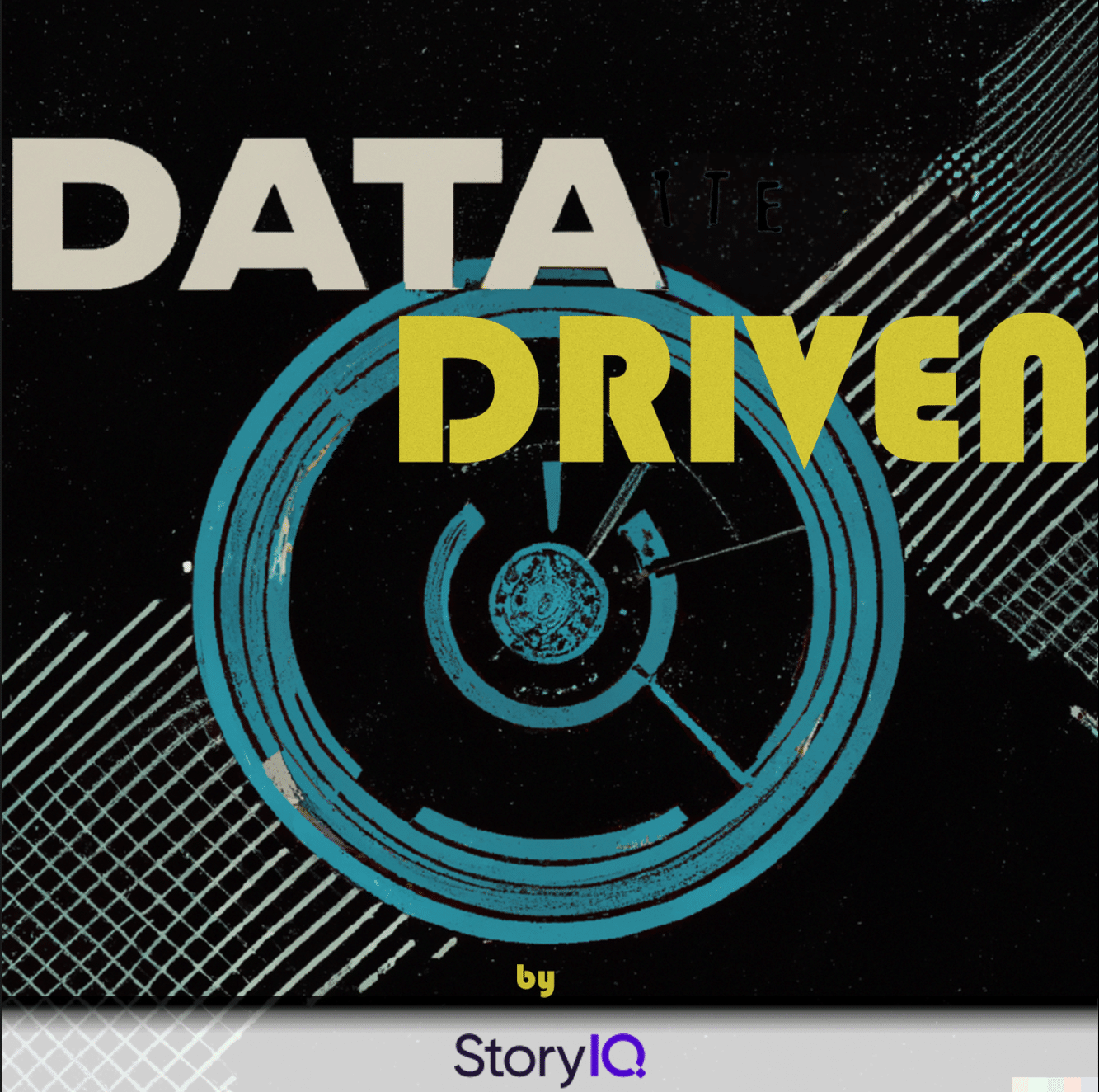Data Driven L&D Evaluation — Christina Duarte // Intuit
Christina Duarte
Intuit

- Part 1Leveraging data to build learning experiences — Christina Duarte // Intuit
- Part 2 Data Driven L&D Evaluation — Christina Duarte // Intuit
Show Notes
-
01:23Aligning learning programs with specific business unit KPIs and objectivesEach business unit has goals and KPIs that they're responsible for. Aligning training to support and help meet those goals and KPIs enables the identification of whats working and what isnt, fosters team growth, elevates performance, and drives employee retention.
-
02:34How to ensure training objectives align with business objectivesThis is done by tracking the impact of a training event on specific KPIs within each business unit, focusing on lagging indicators. Focusing on specific KPIs rather than expecting one training to solve everything helps to target the most critical areas and drive desired results.
-
03:46Aligning learning programs with seasonal business needsPartnering with leaders helps align learning programs with desired business outcomes. Identifying peak periods guides proactive training preparation, ensuring alignment with goals and KPIs, and subsequently measuring progress against these benchmarks.
-
04:47Tracking pre and post training dataTracking pre and post-training data is vital. Observing behavior and results before and after training provides meaningful insights necessary to assess the impact and effectiveness of the learning programs.
-
05:47Prioritizing long term application over short term spikes in training impactEmphasis should be placed on sustained application of training knowledge over time rather than short-term spikes in performance. Prioritize longevity in applying learned skills is over immediate post-training success to ensure consistent and lasting impact.
-
06:32Using leading indicators for training needs assessmentAssessing leading indicators involves analyzing current team performance to identify gaps and skill needs via qualitative and quantitative data on team performance currently. This informs priority areas for training development, ensuring alignment with identified gaps for improvement.
-
07:51Collaborative data management for learning and developmentIntuits L&D data team is primarily responsible for data consolidation, analysis, and developing dashboards to tell the training story. However, they partner with marketing, sales, and product teams to ensure alignment on learning and development initiatives.
-
09:04The role of dashboards in L&DIntuit builds L&D dashboards to accommodate self-serve where people can go in and look at the data. Storytelling comes into play when launching major training initiatives that are anticipated to heavily impact sales to gain support for training programs from leadership and stakeholders.
-
10:41Selling training benefits to commission based individualsBy emphasizing the training's relevance to their roles and showcasing its benefits to them and customers, Intuit ensures buy-in. Including customer stories in training content helps these individuals better understand customers and do their jobs better as a result.
-
12:07Post training customer impact assessmentCustomer feedback is collected via Zoom meetings and virtual interactions. These interactions are valuable for keeping up with market trends and ensuring that training initiatives align with and prioritize customer expectations.
-
14:01Data driven learning and development evaluationThe process starts with analyzing desired training outcomes, allowing data to guide the narrative. Whether it shows improvement or setbacks, it's a chance to learn and expand successful strategies to train more individuals for ongoing positive impact to the business.
Quotes
-
"Each business unit has goals and KPIs that they're responsible for, and aligning training to support and help them meet those goals helps us elevate their team, grow, and retain employees." - Christina Duarte
-
"You can't just train and then look at what happens after. We need to look at what the behavior was prior, and then we need to look at what's happened after training, and what that data is telling us." - Christina Duarte
-
"We must ensure there's a longevity within the knowledge and the application of training and not not that one time spike after an event happens and then it tapers off." - Christina Duarte
-
"The customer today is not the customer of a couple of years ago. So we need to make sure that we're putting that first, especially when it comes to how we're delivering training." - Christina Duarte
-
"Even if the data is telling you that something didn't go well, it's a learning opportunity. If the data is saying it went well, how do we train more people so we can continue to see that goodness moving forward?" - Christina Duarte
- Part 1Leveraging data to build learning experiences — Christina Duarte // Intuit
- Part 2 Data Driven L&D Evaluation — Christina Duarte // Intuit
Up Next:
-
Part 1Leveraging data to build learning experiences — Christina Duarte // Intuit
Christina Duarte, Group Manager of Sales Learning Operations at Intuit, delves into data-driven learning and development. By understanding data as more than numbers but as a treasure trove of insights, one can unlock a pathway toward creating impactful and tailored learning journeys. Essentially, by taking into account different data sources, we can refine our training programs to ensure they are driving sustained growth for the business. Today, Christina discusses leveraging data to build learning experiences.
Play Podcast -
Part 2Data Driven L&D Evaluation — Christina Duarte // Intuit
Christina Duarte, Group Manager of Sales Learning Operations at Intuit, delves into data-driven learning and development. When building learning programs, it's pivotal to rely on pre-training data rather than impulsive decisions. Assessing current team performance and identifying skill gaps are crucial steps in gauging the impact of training initiatives through pre and post-training measurements. Today, Christina discusses data-driven L&D evaluation.



